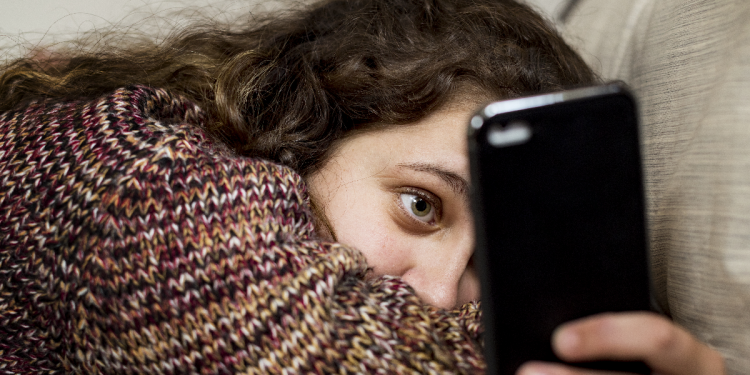Italians are at risk of developing pathological addictions to the smartphone. The developing of habits, according to the latest study by CoEHAR, is more likely among women and youngsters.
Catania, March 9, 2021 – The lockdown has intrinsically changed our social connections and way of life. However, while the use of electronic devices has become essential in work activities and social relations, the need to stay connected as much as possible paved the way to addiction to smartphones.
This is the conclusion of a new study – conducted by the CoEHAR in collaboration with the University La Sapienza of Rome- entitled “Smartphone addiction across the lifetime during Italian lockdown for COVID-19”.
The analysis explored the link between age and sex and the use of smartphones to evaluate possible correlations between addiction and mental disorders.
THE NOMOPHOBIA
Nomophobia is a relatively new term -which derives from the Greek -ϕοβία- that indicates the fear of being disconnected, or not being able to communicate and having access to information. A real addiction that results in the compulsive desire to have a mobile phone with you all the time.
The symptomatic manifestations of addiction are sweat, tremor, heartbeats, and difficulty in breathing.
In teenagers, the abuse in using smartphones and electronic devices could also generate anxiety, depression, sleep disorders.
THE STUDY
The CoEHAR survey was submitted to 1264 participants aged between 15 and 67 during March 2020 and distributed in three Italian cities representative of southern, central, and northern Italy (Catania, Siena and Ferrara).
The study concluded how abuse in the usage of smartphones was more frequent among youngsters, especially women, with the addiction curve that shifts towards males after 40 years old.
The lack of studies on this subject makes it difficult to compare the results of the questionnaire. However, thanks to some international research, there are data showing differences in the use of mobile phones between men and women.
According to these studies, male subjects, especially at a young age, use the smartphone to relax and have fun (listening to music, playing, etc.), while females use it to communicate and stay connected to their social accounts.
What emerged from the questionnaire is that lack of conventional social interactions increase the risk of incurring pathological behaviours and obsessions to electronic devices. Information that shall be used to study patterns between addictions and mental disorders.
According to Pasquale Caponnetto, professor of clinical psychology at the Department of Educational Sciences of the University of Catania and coordinator of the Anti-Smoking Center of the Vittorio Emanuele Polyclinic in Catania: “The use of smartphones connected people in a way that its deficiency caused similar symptoms of abandonment. This is something psychology will have to respond with innovative therapeutic solutions”.






